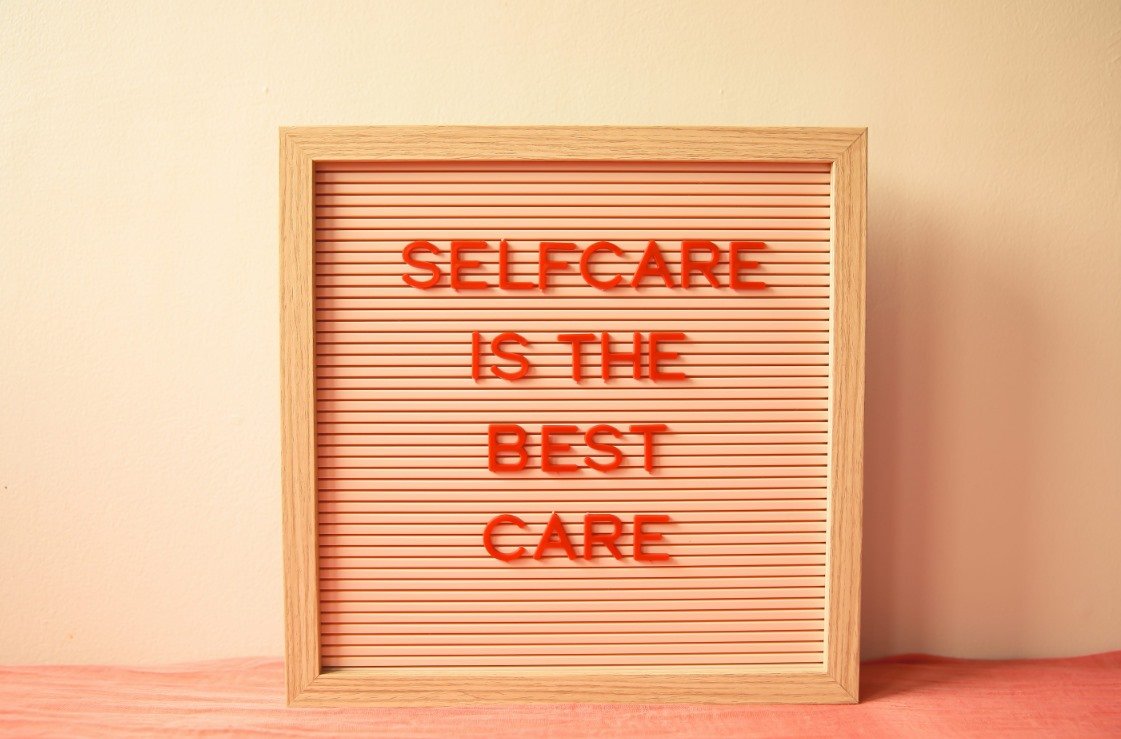
Taking care of yourself is an important step toward improving both your physical and mental health. Many people talk about self care, but putting it into practice often feels confusing or overwhelming. The truth is that a self care routine does not have to be complicated. It can be simple, flexible, and tailored to your own needs. This guide will explain how to build a self care routine that works for you, starting with the basics and then exploring habits that can improve your daily life.
Why a Self Care Routine Matters
A self care routine is more than just a set of activities. It is a way to make sure you are giving attention to your body, mind, and emotions on a regular basis. When you take time for yourself, you feel less stressed, more balanced, and more prepared to handle challenges. Without consistent self care, it is easy to feel tired, drained, or overwhelmed. Making a routine helps you turn small actions into regular habits that support long-term well-being.
Step 1: Understand Your Needs
The first step in building a self care routine is to think about what areas of your life need more attention. Self care can be divided into several categories: physical, emotional, social, and mental. For example, you may need more sleep, better nutrition, time for exercise, or simple ways to relax. Some people need more quiet time alone, while others may benefit from connecting with friends or family. Identifying your main needs helps you focus on the routines that will actually make a difference.
Step 2: Start Small
A common mistake is trying to do too much at once. If you want your self care routine to work, start with small changes. For example, instead of planning a one-hour workout, begin with ten minutes of stretching. Instead of aiming to read for an hour daily, start with ten minutes before bed. The idea is to build consistency before expanding. Small steps are easier to maintain and help you feel successful, which encourages you to keep going.
Step 3: Create Morning and Evening Habits
The morning and evening are powerful times to practice self care because they set the tone for your day and help you wind down at night. In the morning, simple activities such as drinking water, doing a short stretch, or practicing a few minutes of breathing can make you feel refreshed. In the evening, you can prepare for better sleep by turning off screens early, taking a warm shower, or writing in a journal. These small habits become the foundation of a self care routine that is consistent and effective.
Step 4: Include Physical Self Care
Physical health plays a big role in how you feel daily. Try to add activities that strengthen your body and support your energy. This does not have to mean intense workouts. Walking, yoga, or bodyweight exercises are great options. Eating balanced meals and drinking enough water also count as self care. Pay attention to how your body feels and choose activities that leave you energized rather than drained.
Step 5: Focus on Mental and Emotional Health
Taking care of your mind is just as important as taking care of your body. Mental self care may include reading, learning something new, or practicing mindfulness. Emotional self care might involve journaling, talking to a trusted friend, or spending time on hobbies you enjoy. Stress management techniques such as deep breathing or short breaks throughout the day also help protect your emotional well-being. Including these habits in your self care routine can improve focus, mood, and resilience.
Step 6: Make Time for Social Self Care
Humans are social beings, and staying connected is an important part of overall well-being. Social self care does not mean attending every event or spending time with large groups. It can be as simple as calling a friend, having dinner with family, or joining a community group. The key is to build healthy connections that give you support and comfort. Adding regular social activities into your self care routine helps reduce feelings of isolation and strengthens relationships.
Step 7: Set Boundaries
A self care routine is not only about adding activities but also about protecting your time and energy. Setting boundaries means knowing when to say no and not overcommitting yourself. It can be as simple as limiting work after hours, reducing screen time, or avoiding negative conversations. Boundaries help create space for the self care habits that matter most to you. By respecting your own limits, you make sure your routine is realistic and sustainable.
Step 8: Plan Your Self Care Routine
Once you know what activities work for you, the next step is to create a simple plan. You do not need to schedule every minute, but writing down or setting reminders for key activities can help. For example, you can decide to exercise three times a week, read for ten minutes before bed, or call a loved one every Sunday. Having a plan gives your self care routine structure and prevents you from forgetting or skipping important habits.
Step 9: Keep It Flexible
Life changes, and so will your needs. A self care routine that works today might need adjusting in the future. Be flexible and willing to change your activities as needed. For instance, if you feel tired from long work hours, focus more on rest and relaxation. If you feel isolated, add more social activities. Flexibility ensures your routine remains helpful instead of becoming a source of stress.
Step 10: Track Your Progress
It is easier to stay consistent when you track your habits. You can use a journal, a habit-tracking app, or a simple checklist. Tracking allows you to see what you are doing regularly and where you may need improvement. Over time, this helps you build a self care routine that truly fits your lifestyle. Even small progress adds up and makes a big difference in how you feel day to day.
Examples of Simple Self Care Habits
To give you ideas, here are some simple habits you can try adding to your routine:
- Drinking a glass of water first thing in the morning
- Taking a 10-minute walk after lunch
- Writing down three things you are grateful for
- Reading a few pages of a book before bed
- Practicing deep breathing for five minutes
- Turning off screens 30 minutes before sleeping
- Preparing a healthy meal at home once a day
These are small but effective actions that can be adapted to fit your schedule and lifestyle.
Why Consistency Matters
A self care routine only works if it becomes a regular part of your life. Doing activities once in a while is helpful, but consistency is what leads to real results. The goal is not to do everything perfectly but to make self care a habit you can maintain long term. Consistency helps lower stress, improves your energy, and creates a more balanced lifestyle.
Final Thoughts
Building a self care routine that actually works is about creating small, meaningful habits that support your physical, mental, emotional, and social health. Start by identifying your needs, then add simple routines in the morning and evening. Focus on physical health, emotional balance, and positive connections with others. Protect your time by setting boundaries, and remember to track your progress. Most importantly, keep your routine flexible so it can grow with you. By following these steps, you can create a self care routine that is realistic, enjoyable, and sustainable for the long term.




